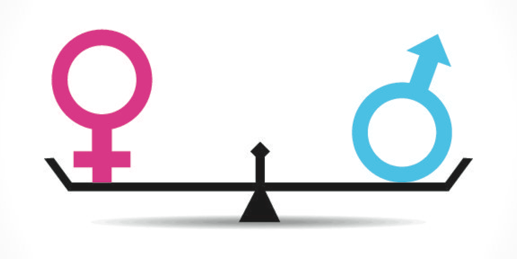Culture shock is a common phenomenon that people
who travel abroad often experiences. It may take a while to develop, but once
it hits the pattern is usually quite similar. Culture shock generally moves
through these four stages: honeymoon, frustration, adjustment and acceptance. In many cases the culture shock has more stages, but I'm just going to write about the most commonly experienced ones. Of course individuals experience these phases differently, but all cases have
something in common.
The following graph presents the stages you most
likely will go trough when you go on a longer trip to a foreign country.
Stage 1:
Honeymoon period
The honeymoon period comes first, and this is when everything is new and exciting. At this phase the traveler is very positive to everything. The everyday life is impacted with new people, foods and a lot of exploring.
The honeymoon period comes first, and this is when everything is new and exciting. At this phase the traveler is very positive to everything. The everyday life is impacted with new people, foods and a lot of exploring.
Stage 2:
Culture shock/frustration
Frustration may be the hardest phase to deal with in cultural shock. At this stage you can experience different small things that may trigger frustration. These things can be such as missing the bus, misleading signs, loosing your keys and so on. Anyone that travels frequently is familiar to this situation. At the frustration phase, the homesickness also tends to pitch in, which doesen´t lighten the mood. Sometimes the language barrier may be an issue. In some cases you aren´t able to order at a
Frustration may be the hardest phase to deal with in cultural shock. At this stage you can experience different small things that may trigger frustration. These things can be such as missing the bus, misleading signs, loosing your keys and so on. Anyone that travels frequently is familiar to this situation. At the frustration phase, the homesickness also tends to pitch in, which doesen´t lighten the mood. Sometimes the language barrier may be an issue. In some cases you aren´t able to order at a
Stage 3:
Adjustment
When the traveler begins to become more familiar with the surroundings and culture, they may start to adjust. This is when navigation is easier and you also have made friends to lean on. This gives more comfort and sustains a good life. You develop routines which gives a safe feeling.
When the traveler begins to become more familiar with the surroundings and culture, they may start to adjust. This is when navigation is easier and you also have made friends to lean on. This gives more comfort and sustains a good life. You develop routines which gives a safe feeling.
Stage 4:
Acceptance
After struggling with all of the above phases, you have finally entered the last stage. At the acceptance stage the traveler feels more at ease with their resources and environments. It's also the realization that complete understanding of the new culture isn't necessary.
On the end I would like to add a personal note. I have never been to another country for longer than two weeks, so I have only experienced the honeymoon phase where everything is thrilling and new. I have many friends that are currently studying in the U.S. and they are telling me that they are already at the "culture shock" phase.
After struggling with all of the above phases, you have finally entered the last stage. At the acceptance stage the traveler feels more at ease with their resources and environments. It's also the realization that complete understanding of the new culture isn't necessary.
On the end I would like to add a personal note. I have never been to another country for longer than two weeks, so I have only experienced the honeymoon phase where everything is thrilling and new. I have many friends that are currently studying in the U.S. and they are telling me that they are already at the "culture shock" phase.
Sources: image , information



